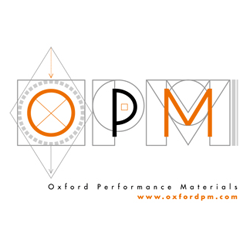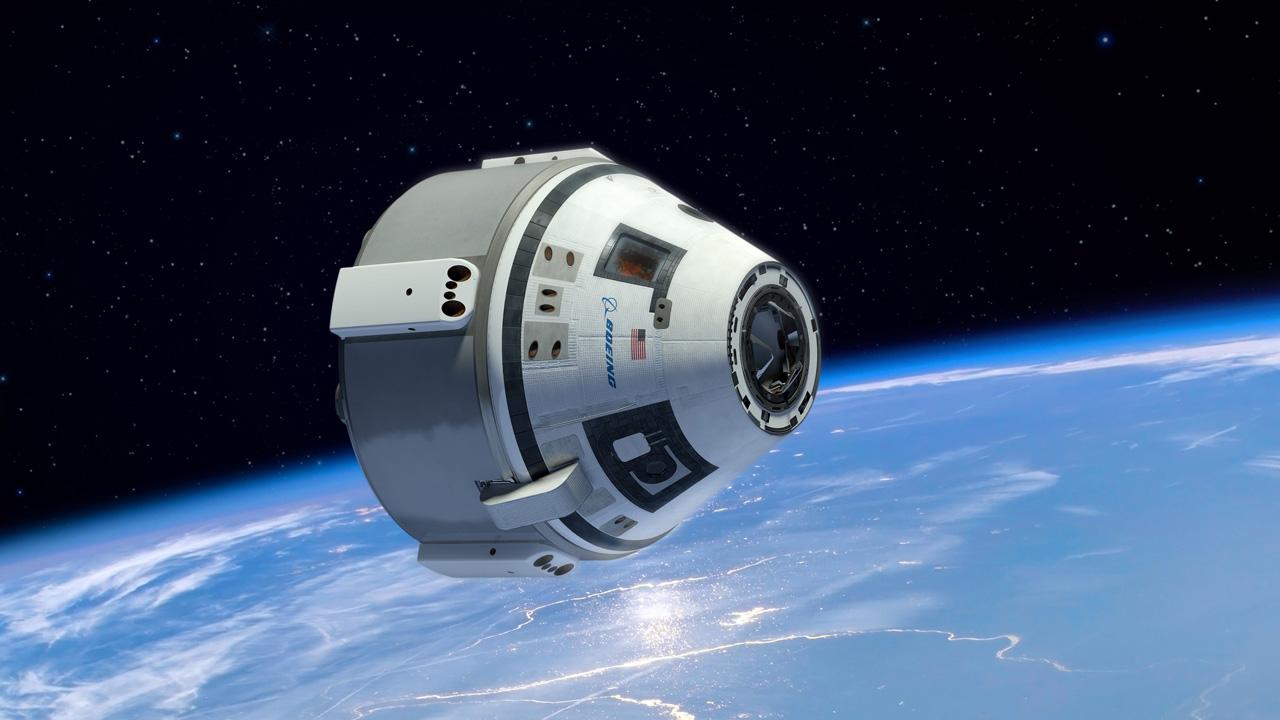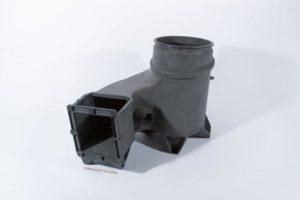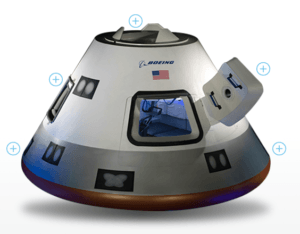 Oxford Performance Materials (OPM), a leading US-based additive manufacturing firm, was awarded with a contract from the US$97 billion aircraft manufacturing company Boeing to provide 3D printed structures for the Boeing CST 100 Starliner.
Oxford Performance Materials (OPM), a leading US-based additive manufacturing firm, was awarded with a contract from the US$97 billion aircraft manufacturing company Boeing to provide 3D printed structures for the Boeing CST 100 Starliner.
The 3D printing company has already begun to ship OXFAB production parts created with OPM’s signature OXFAB technology to Boeing. The 3D printing method based on the OXFAB technology is specially designed to optimize efficiency of aircraft by substantially reducing the weight of 3D printed components.
To supplement the company’s OXFAB-based operations, a unique material developed using a poly-ether-ketone-ketone formulation called OXPEKK is used. The combination of the company’s principal material and additive manufacturing method allows the development team behind OPM to create lightweight and complex components for aircraft manufacturers with reduced production time.
CST-100 Starliner, a crew space transportation (CST) capsule being constructed as a joint project between Boeing and Bigelow Aerospace for the NASA Commercial Crew Development Program, is an important project for the two firms and OPM, as the cost of construction is estimated to be US$1.507 billion per capsule.
Misuse or misplacement of components can hugely impact the project in terms of stability, scalability and efficiency. Thus, both Boeing and OPM are attempting to implement lightweight components to ensure the capsule is on par with the standards of NASA.
Traditional metallic and composite components are heavier in weight and less efficient in comparison to next-generation materials developed and designed specifically for the construction of large-scale aircraft. For this joint project, the development team at Boeing decided to replace metallic parts with 3D printed parts produced by OPM.
“From our earliest discussions with Boeing, they stressed the need to see significant reductions in weight, cost and lead times in order to consider replacing traditional metallic and composite parts with a new technology for their space program. We are proud to be developing and delivering OXFAB technology to the highest standards,” said Lawrence Varholak, President of OPM Aerospace & Industrial.
 Once the development and construction of the Boeing CST 100 Starliner is complete, NASA’s Commercial Crew Program will use the capsule to transport cargo and up to seven passengers to the International Space Station and the Bigelow planned station.
Once the development and construction of the Boeing CST 100 Starliner is complete, NASA’s Commercial Crew Program will use the capsule to transport cargo and up to seven passengers to the International Space Station and the Bigelow planned station.
In mid-2016, Boeing began to reach out to small businesses and partners within the manufacturing, engineering and technology markets to ensure the CST-100 Starliner is equipped with the most efficient and high standard components. Over $200 million was awarded to independent companies earlier in 2016, each of which is responsible for different aspects in the development of the Starliner.
“Supplier partners are critical to our growth and success. It’s important to Boeing and our NASA customer that we commit significant resources to growing our small business network through targeted outreach, mentoring programs and regular collaboration,” said Mark Mulqueen, Boeing ISS program manager.
Some companies were presented with the task of maintaining the innovative design features of the capsule, for the comfort of passengers. Various features such as wireless internet and tablet technology were added by contracted companies to ensure the crew is equipped with efficient interfaces and communication technology.
At this stage of development, it seems as if Boeing’s contract with OPM is the last necessary step for the finalization of the spacecraft. Boeing is making final touches to the Starliner, replacing certain components with lightweight 3D printed parts. Researchers and engineers at Boeing already initiated several tests over the course of four years with astronauts from the NASA Commercial Crew Program. Discuss in the Oxford Performance Materials forum at 3DPB.com.
[Images Via: Boeing, OPM]Subscribe to Our Email Newsletter
Stay up-to-date on all the latest news from the 3D printing industry and receive information and offers from third party vendors.
You May Also Like
Precision at the Microscale: UK Researchers Advance Medical Devices with BMF’s 3D Printing Tech
University of Nottingham researchers are using Boston Micro Fabrication‘s (BMF) 3D printing technology to develop medical devices that improve compatibility with human tissue. Funded by a UK grant, this project...
3D Printing Webinar and Event Roundup: April 21, 2024
It’s another busy week of webinars and events, starting with Hannover Messe in Germany and continuing with Metalcasting Congress, Chinaplas, TechBlick’s Innovation Festival, and more. Stratasys continues its advanced training...
3D Printing Webinar and Event Roundup: March 17, 2024
It’s another busy week of webinars and events, including SALMED 2024 and AM Forum in Berlin. Stratasys continues its in-person training and is offering two webinars, ASTM is holding a...
3D Printed Micro Antenna is 15% Smaller and 6X Lighter
Horizon Microtechnologies has achieved success in creating a high-frequency D-Band horn antenna through micro 3D printing. However, this achievement did not rely solely on 3D printing; it involved a combination...































